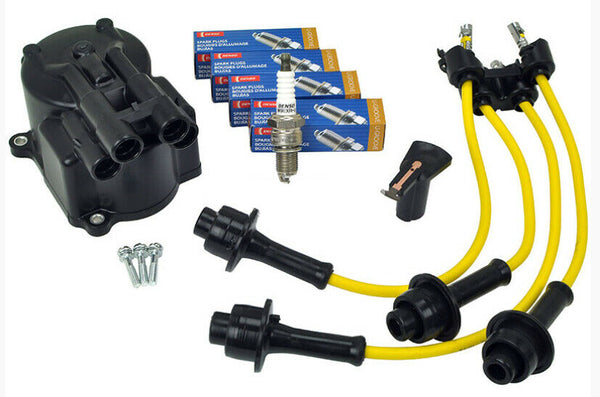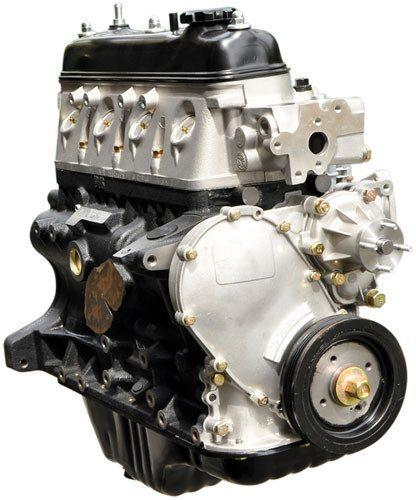Why the Engine Is the very best Selection for Performance and Efficiency in Your Automobile
The engine stays a critical component in vehicle style, primarily due to its considerable impact on both performance and performance. As advancements in technology enable smaller engines to supply remarkable power while optimizing fuel economic climate, the assimilation of features such as turbocharging and hybrid systems becomes progressively vital.
Comprehending Engine Types
Understanding the different types of engines is essential for enhancing efficiency and effectiveness in auto style. The primary engine types include interior burning engines (ICE), electrical engines, and hybrid systems, each offering distinct benefits and restrictions.
Interior combustion engines, which can be further classified right into gasoline and diesel variants, rely on the combustion of gas to produce power. Gasoline engines normally provide greater RPMs and better acceleration, while diesel motor are recognized for their torque and fuel efficiency, making them suitable for durable applications.
Electric engines, on the other hand, utilize electrical motors powered by batteries or fuel cells. They supply instant torque delivery, causing smooth velocity and reduced emissions. The effectiveness of electrical engines is considerably greater than that of ICEs, making them a popular option for eco-conscious consumers.
Crossbreed systems combine both inner burning and electrical engines, leveraging the staminas of both innovations. They maximize fuel consumption by utilizing electric power at lower speeds and switching over to gas or diesel for greater rates or heavier lots.
Picking the right engine kind is vital for achieving wanted performance metrics and environmental sustainability in modern auto design.
The Influence of Engine Dimension
Engine size often plays an essential duty in identifying an automobile's performance and performance. Typically gauged in litres or cubic centimeters, engine size straight affects the power result and torque attributes of a car.
However, boosted engine dimension frequently correlates with decreased gas efficiency. Larger engines eat more fuel, bring about higher emissions and operational expenses. Consequently, producers must stabilize the demand for power with the need for fuel economic situation. Smaller engines can supply ample performance for everyday driving while promoting far better efficiency, making them a popular option in mid-size and small vehicles.
Furthermore, innovations in engine layout, such as turbocharging and straight gas shot, allow smaller sized engines to attain power degrees equivalent to their larger counterparts. This trend highlights the importance of not solely concentrating on engine size yet likewise considering overall vehicle layout and innovation (4y engine). Inevitably, the effect of engine dimension on efficiency and performance highlights the demand for consumers to examine their certain driving needs and choices when choosing a vehicle
Advanced Engine Technologies
Developments in engine modern technologies have significantly improved the landscape of auto efficiency and performance, building upon the foundational concepts developed by engine dimension. Notably, improvements such as turbocharging and straight fuel injection have actually allowed smaller sized engines to provide power degrees previously related to bigger counterparts. Turbochargers compress air going into the engine, enabling for boosted power outcome without an equivalent rise in engine great site dimension, while straight shot enhances fuel shipment, boosting burning efficiency.
In addition, variable shutoff timing systems have actually emerged as a crucial modern technology, enabling engines to adjust shutoff procedure based upon driving conditions. This adaptability improves both efficiency throughout acceleration and fuel effectiveness during cruising. Hybrid and electrical engine technologies further illustrate the change in auto design, incorporating typical internal combustion engines with electrical motors to optimize performance while lowering exhausts.
Additionally, advancements in materials science have actually caused lighter, extra sturdy engine elements, further enhancing efficiency and durability. The integration of sophisticated electronic devices and engine control systems likewise enables real-time adjustments, guaranteeing ideal efficiency across different conditions. Jointly, these innovative engine modern technologies not just boost vehicle performance however Get the facts likewise add to an extra lasting vehicle future, demonstrating the continuous evolution of engine style.
Harmonizing Power and Effectiveness
Striking an equilibrium in between power and performance is important in modern-day vehicle design as manufacturers look for to meet progressively rigorous emissions laws while pleasing consumer demand for efficiency (4y engine). The difficulty depends on optimizing engine characteristics to deliver durable power outcome without giving up fuel economy
To achieve this balance, engineers employ various strategies, such as turbocharging, which enhances engine power by compeling in even more air, permitting for a smaller engine variation that boosts gas performance. Variable valve timing modern technologies also play a significant duty, enabling engines to change their performance attributes based on driving conditions, therefore boosting both power and effectiveness.
Additionally, improvements in products and producing strategies have actually resulted in lighter engine parts, which minimize general vehicle weight and enhance gas effectiveness without jeopardizing power. Crossbreed technologies have actually additionally arised as a sensible option, combining standard interior burning engines with electrical powertrains to supply an increase in performance while preserving reduced exhausts.

Future Fads in Engine Style

Furthermore, the advancement of advanced products, such as high-strength alloys and lightweight composites, is set to revolutionize engine components. These products not just decrease weight but additionally improve thermal efficiency, thereby maximizing efficiency. In addition, suppliers are discovering variable compression ratios, permitting engines to adjust to various driving problems, improving both power output and gas economic situation.
Additionally, the increase of artificial intelligence and artificial intelligence in engine layout is allowing anticipating upkeep and real-time performance optimization. This technology can cause engines that self-adjust for maximum efficiency based on driving read review patterns.

Verdict
In final thought, the engine serves as a vital element in accomplishing ideal performance and effectiveness in contemporary lorries. The interplay between engine dimension and style proceeds to progress, driving technologies that balance electrifying performance with ecological sustainability.
Additionally, innovations in engine layout, such as turbocharging and direct gas shot, allow smaller sized engines to accomplish power degrees similar to their bigger equivalents.Advancements in engine innovations have significantly improved the landscape of auto performance and performance, building upon the foundational principles developed by engine dimension. Turbochargers compress air getting in the engine, enabling for enhanced power output without an equivalent increase in engine dimension, while direct injection optimizes fuel shipment, enhancing combustion effectiveness.
Crossbreed and electrical engine technologies additionally show the change in vehicle layout, integrating conventional interior burning engines with electric motors to make best use of performance while decreasing exhausts.
Collectively, these innovative engine technologies not just boost car performance yet additionally contribute to a much more lasting vehicle future, demonstrating the ongoing evolution of engine design. (4y engine)